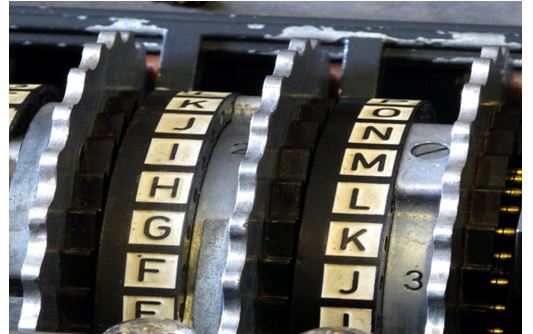
Coursera – Introduction to Applied Cryptography Specialization by University of Colorado
Original Price: $N/a
Yours FREE DOWNLOAD!!!
Author: University of Colorado
Sale Page :_N/a
Classical Cryptosystems and Core Concepts
Welcome to Introduction to Applied Cryptography. Cryptography is an essential component of cybersecurity. The need to protect sensitive information and ensure the integrity of industrial control processes has placed a premium on cybersecurity skills in today’s information technology market. Demand for cybersecurity jobs is expected to rise 6 million globally by 2019, with a projected shortfall of 1.5 million, according to Symantec, the world’s largest security software vendor. According to Forbes, the cybersecurity market is expected to grow from $75 billion in 2015 to $170 billion by 2020. In this specialization, you will learn basic security issues in computer communications, classical cryptographic algorithms, symmetric-key cryptography, public-key cryptography, authentication, and digital signatures. These topics should prove especially useful to you if you are new to cybersecurity Course 1, Classical Cryptosystems, introduces you to basic concepts and terminology related to cryptography and cryptanalysis. It is recommended that you have a basic knowledge of computer science and basic math skills such as algebra and probability.
Mathematical Foundations for Cryptography
Welcome to Course 2 of Introduction to Applied Cryptography. In this course, you will be introduced to basic mathematical principles and functions that form the foundation for cryptographic and cryptanalysis methods. These principles and functions will be helpful in understanding symmetric and asymmetric cryptographic methods examined in Course 3 and Course 4. These topics should prove especially useful to you if you are new to cybersecurity. It is recommended that you have a basic knowledge of computer science and basic math skills such as algebra and probability.
Symmetric Cryptography
Symmetric cryptography relies on shared secret key to ensure message confidentiality, so that the unauthorized attackers cannot retrieve the message. The course describes substitution and transposition techniques, which were the bases for classical cryptography when the message is encoded in natural language such as English. Then, we build on product ciphers (using both substitution and transposition/permutation) to describe modern block ciphers and review the widely used cipher algorithms in DES, 3-DES, and AES. Lastly, we enable the use of block ciphers to support variable data length by introducing different modes of block cipher operations in ECB, CBC, CFB, OFB, and CTR modes. This course is cross-listed and is a part of the two specializations, the Applied Cryptography specialization and the Introduction to Applied Cryptography specialization.
Asymmetric Cryptography and Key Management
In asymmetric cryptography or public-key cryptography, the sender and the receiver use a pair of public-private keys, as opposed to the same symmetric key, and therefore their cryptographic operations are asymmetric. This course will first review the principles of asymmetric cryptography and describe how the use of the pair of keys can provide different security properties. Then, we will study the popular asymmetric schemes in the RSA cipher algorithm and the Diffie-Hellman Key Exchange protocol and learn how and why they work to secure communications/access. Lastly, we will discuss the key distribution and management for both symmetric keys and public keys and describe the important concepts in public-key distribution such as public-key authority, digital certificate, and public-key infrastructure. This course also describes some mathematical concepts, e.g., prime factorization and discrete logarithm, which become the bases for the security of asymmetric primitives, and working knowledge of discrete mathematics will be helpful for taking this course; the Symmetric Cryptography course (recommended to be taken before this course) also discusses modulo arithmetic. This course is cross-listed and is a part of the two specializations, the Applied Cryptography specialization and the Introduction to Applied Cryptography specialization.
Coursera – Introduction to Applied Cryptography Specialization by University of Colorado: Video, PDF´s
Download from rapidgator.net
Uploading…!
Download from Nitroflare
Coursera..Introduction.to.Applied.Cryptography.Specialization.rar
==> Download From Mega.: (FREE DOWNLOAD)
 ***If link dead, please leave a message,or to send message to a ebusinesstores@gmail.com We will update immediately***
***If link dead, please leave a message,or to send message to a ebusinesstores@gmail.com We will update immediately***


Meta please
Done!
Dear Admin,
Reup Mega pls!
Update!
Dear Admin,
Up GDrive or Mega pls!
Update!
mega please